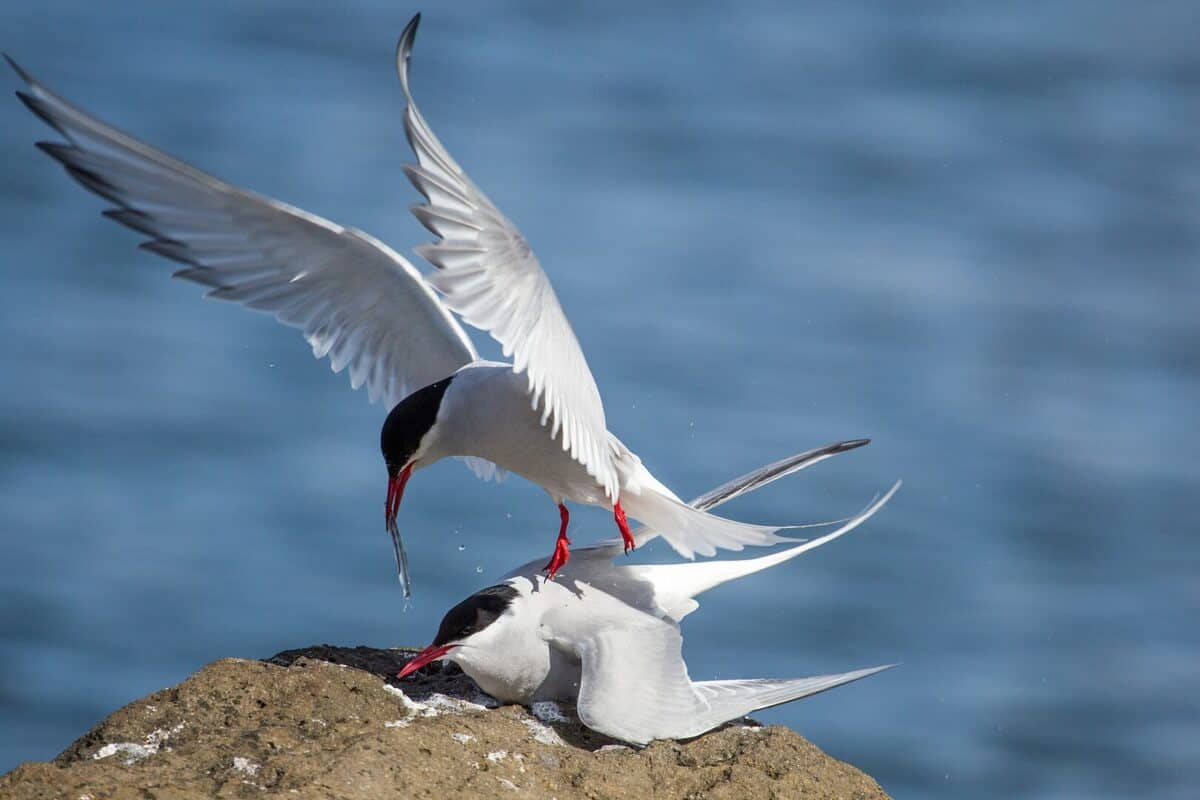For those who have always been fascinated by the excellent tundra biome, this blog post is for you! Here, we’ll take a deeper look into some of the fantastic animals that live in the unique environment of these frozen expanses.
Get ready to be amazed by our list of top 10 tundra animals! From animals commonly found elsewhere but making their home in extreme climates like the polar regions or creatures native to these areas and adapting perfectly to their frigid surroundings – there’s something here for everyone who loves wildlife.
So please sit back and enjoy your journey through one of Earth’s harshest habitats while learning more about its inhabitants.
1. Polar Bear
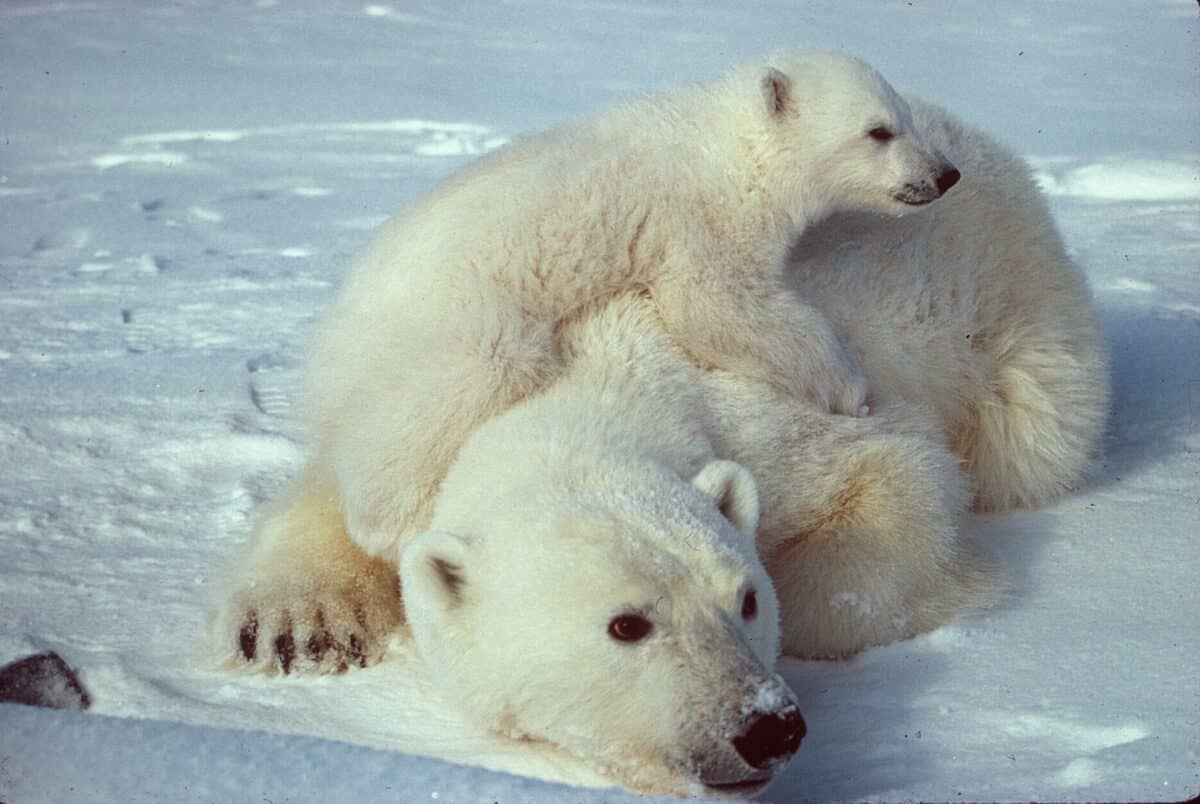
As a tundra animal, the polar bear is well adapted to living in the cold and harsh environment of the Arctic. These majestic creatures have a thick layer of fur, which keeps them warm and helps them retain body heat.
They also have specially designed paws that enable them to walk on snow and ice without slipping or sinking in. Their keen sense of smell is another essential adaptation, allowing them to locate prey from far away.
Despite their particular adaptations, polar bears face numerous challenges due to climate change and human activity. We must continue to raise awareness and take action to protect these incredible animals and their delicate habitat.
2. Arctic Fox
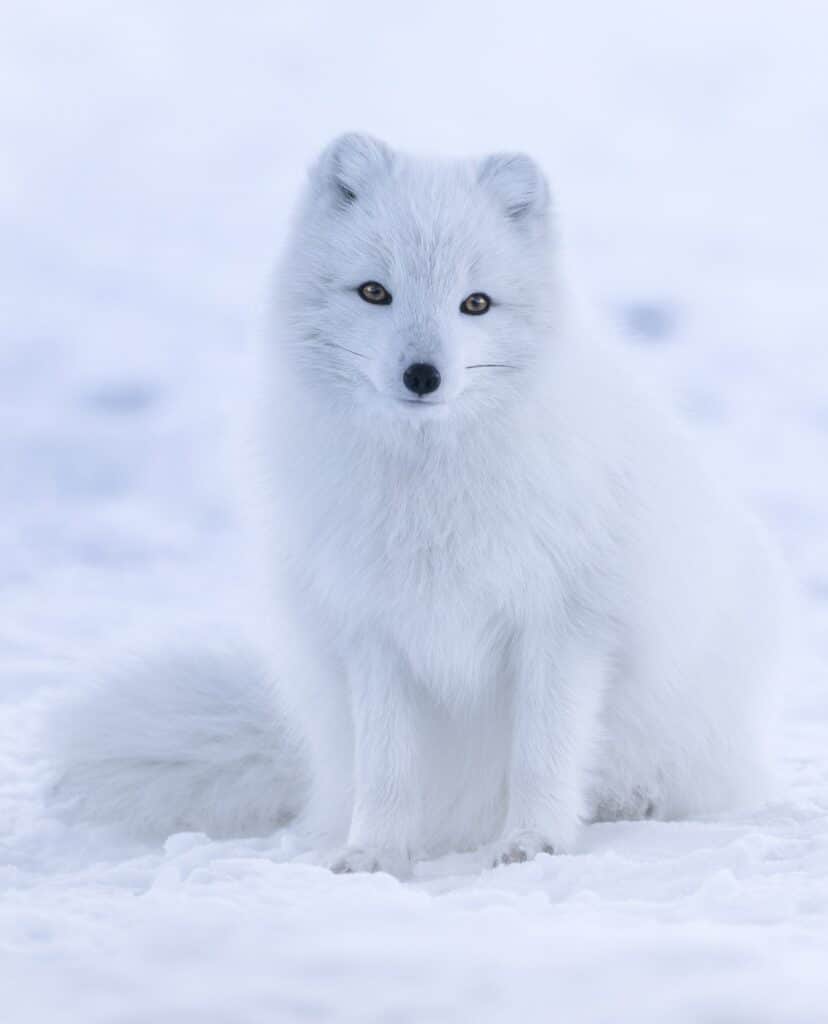
The Arctic Fox is a fascinating creature that has adapted perfectly to its harsh natural surroundings. Living in the tundra regions of the Arctic, it has developed several unique traits that enable it to thrive in this unforgiving environment.
A thick fur coat that changes color between summer and winter can blend in with the surrounding landscape and remain almost invisible to predators and prey alike.
Its small body and keen hearing make it well-suited to hunting and foraging in areas larger animals cannot reach. And with a lifespan exceeding a decade in the wild, the Arctic Fox is an enduring symbol of resilience and survival in one of the world’s most challenging environments.
3. Caribou
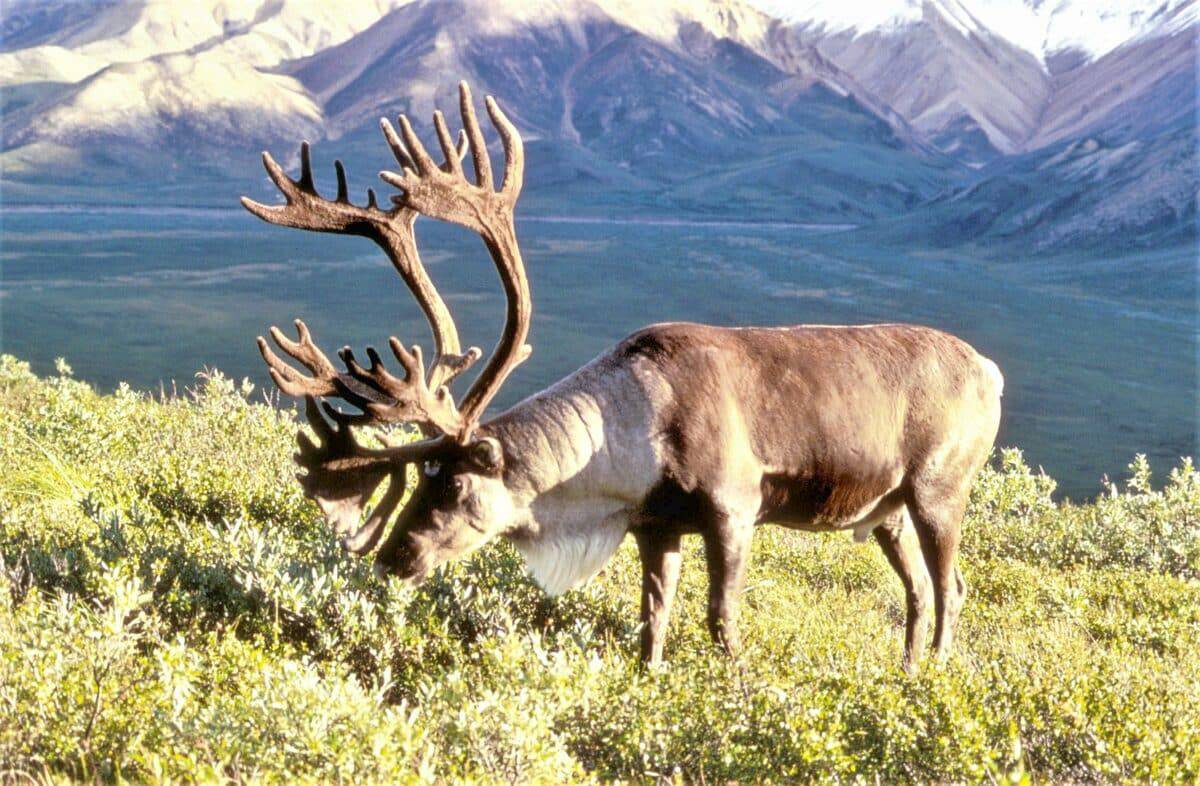
Caribou are unique animals that roam North America’s tundra and taiga regions. Also known as reindeer, these animals have many adaptations that allow them to survive in harsh, snowy environments.
A thick fur coat insulates their bodies from the cold, while specialized hooves provide excellent traction on slippery ice and snow. Caribou are also known for their unusual migration patterns, which can cover thousands of miles for food and water.
These majestic creatures have been an essential part of indigenous cultures for centuries and continue to capture the imagination of animal lovers worldwide.
4. Arctic Hare

The Arctic hare is a fascinating tundra animal specifically adapted to survive in the harsh conditions of the Arctic. These bunnies have thick white fur coats that serve as excellent camouflage during winter, helping them stay hidden from potential predators.
During the summer months, their fur changes from white to brown, which helps protect them from the harsh sun rays that only come out during the short Arctic summer. Due to their exceptional hearing and eyesight, these hares can detect predators from a distance and make a quick escape.
These animals play a significant role in the food chain, serving as a valuable source of prey for larger animals in the Arctic, and they are a great representation of the incredible adaptations that animals make to survive harsh climates.
5. Musk Ox

The Musk Ox is a fascinating creature found in the vast and frigid expanses of the tundra. These hulking creatures have an unmistakable appearance with their shaggy fur and curved horns.
Interestingly, they are not oxen but rather members of the Bovidae family, which includes goats and antelope. Despite their rugged appearance, Musk Oxen are surprisingly agile and able to navigate the treacherous terrain of the tundra with ease.
They are also extremely hardy, able to withstand harsh winter conditions, and even live through temperatures as low as -40 degrees Fahrenheit. These hardy creatures are a valid symbol of the resilience and adaptability of the animal kingdom.
6. Snowy Owl

The Snowy Owl is a magnificent creature that thrives in the harsh environments of the tundra. This owl has become an iconic symbol of the cold, rugged north with its stunning white feathers and piercing yellow eyes.
Despite the tundra’s harsh elements and limited resources, the Snowy Owl has adapted to survive and even thrive in this challenging environment. Feeding on small rodents and birds, these birds of prey have become skilled hunters that can withstand the freezing temperatures and long nights of the Arctic.
If you ever get a chance to see a Snowy Owl in the wild, take the opportunity to marvel at one of nature’s greatest survival stories.
7. Snow Goose
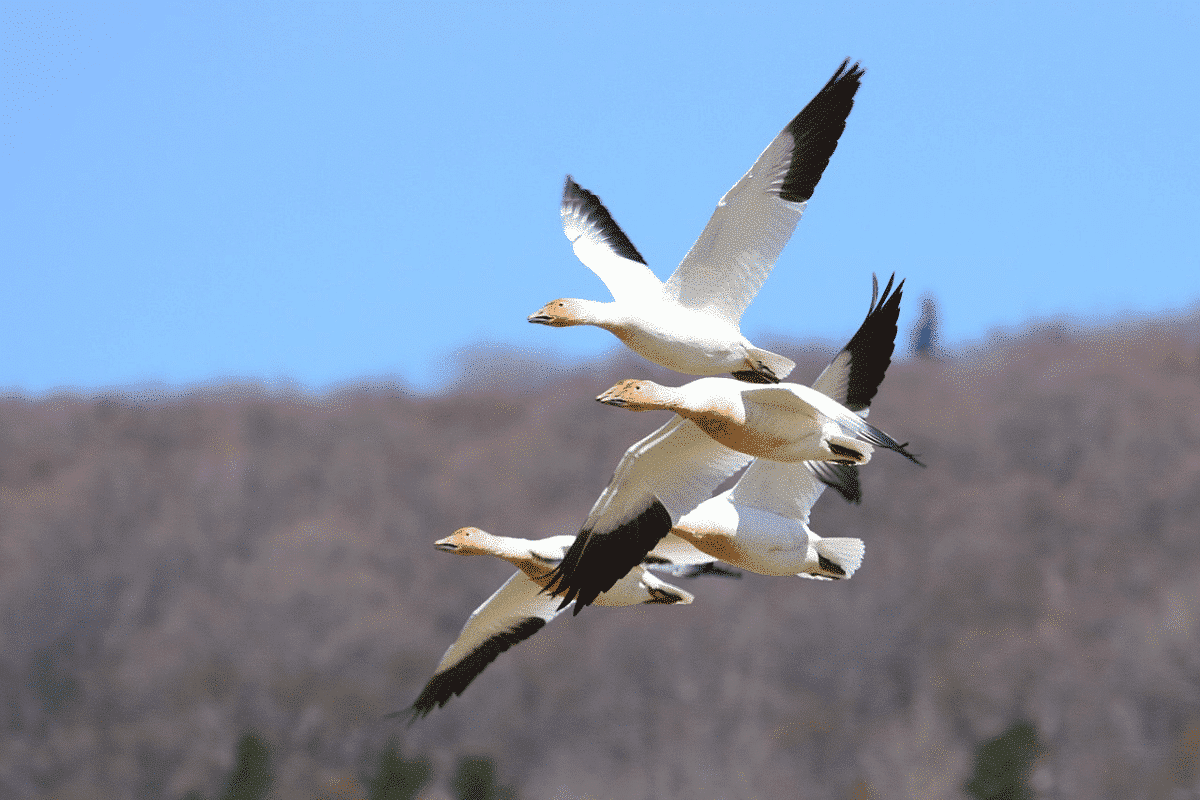
The Snow Goose is a fascinating creature that has evolved to thrive in North America’s harsh, frozen tundra regions. With its pure white plumage and striking black-tipped wings, this bird is beautiful and resilient, able to survive in the harshest climates.
Although they were once in danger due to hunting and habitat loss, Snow Goose populations have rebounded in recent years thanks to conservation efforts.
As we continue to learn more about the behavior and habits of these magnificent birds, it becomes clear that they are a vital part of the delicate ecosystem of the tundra and a true testament to the power of nature to adapt and survive.
8. Muskoka
The Muskoka region is often referred to as a tundra animal. It may sound strange initially, but consider this: Muskoka, with its rugged terrain and cold winter temperatures, is home to animals adapted to survive in tundra regions.
Moose, caribou, and wolves are a few examples of wildlife roaming the forests and lakeshores. Despite their intimidating appearance, these animals capture the essence of the region’s untamed beauty and represent the unique ecology of Muskoka.
So, the next time you visit this stunning part of Ontario, keep an eye out for these tundra creatures and appreciate their resilience in the face of Canada’s harsh winters.
9. Arctic Tern
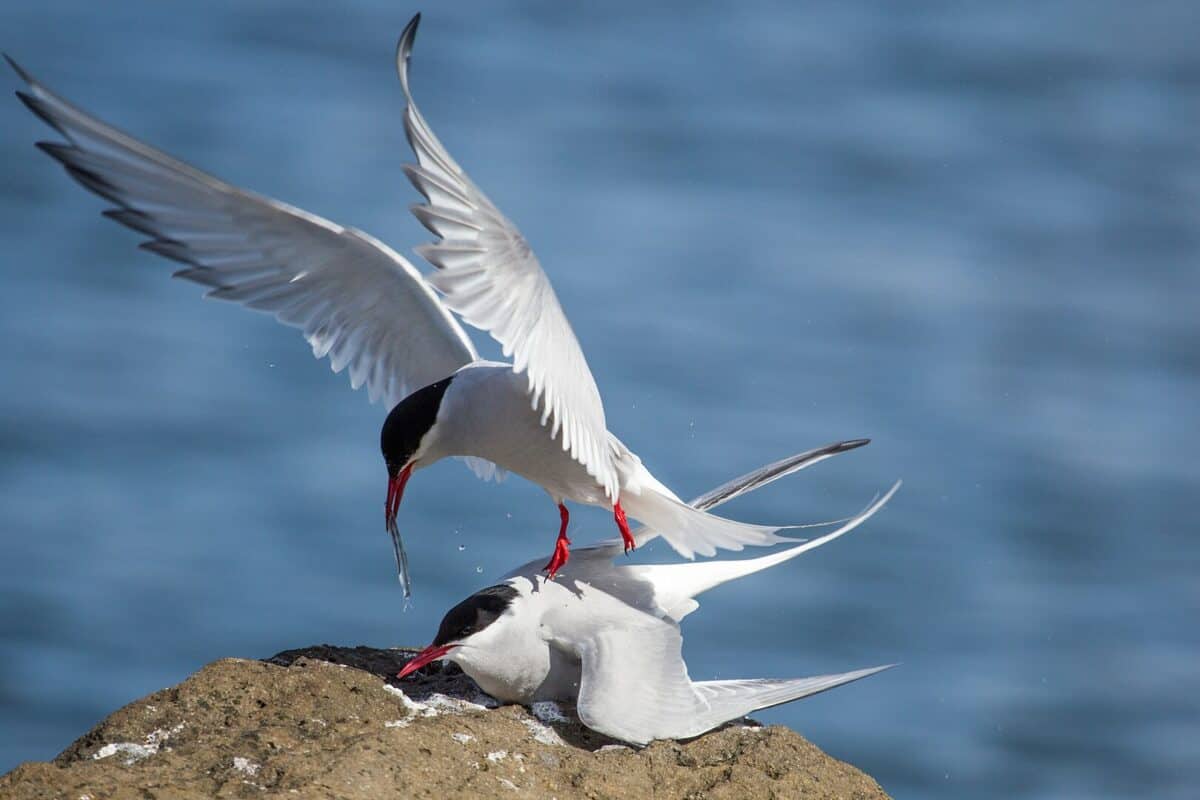
The Arctic Tern is a fascinating creature that calls the tundra home. Known for its impressive migration, this bird travels yearly from the Arctic to the Antarctic. It is one of the furthest migratory journeys of any animal on Earth – an incredible feat for such a small bird.
Despite the harsh and challenging conditions that the tundra can bring, the Arctic Tern has adapted to survive in this environment. With its sleek and aerodynamic body, it can soar effortlessly through the frigid air.
Its small size also means it can easily find shelter in small crevices and holes to keep warm during long, cold nights. Overall, the Arctic Tern is a testament to nature’s ability to adapt and thrive in extreme environments.
10. Lemming

The tundra is harsh and barren, but it’s home to various fascinating animals adapting to this challenging environment. One of the most interesting is the lemming.
These tiny rodents are found throughout the Arctic and are known for their incredible ability to survive in extreme conditions. Lemmings have thick fur coats that keep them warm in the bitter cold, and they’re skilled at burrowing into the snow to create shelter.
They’re also great at foraging for food – they eat grasses, roots, and even bugs – and their ability to stockpile food helps them survive the long, cold winters.
Although lemmings are often associated with mass migrations and the mythic “lemming suicide” phenomenon, they are fascinating creatures that play an essential role in the tundra ecosystem.
To learn More About It, Watch Out: The Little Giant Of North.
Frequently Asked Questions
What is the tundra?
The tundra is a vast, treeless Arctic region characterized by permafrost ground and harsh weather conditions. It’s covered in snow and ice for most of the year.
What is the most common animal found in the tundra?
The most common animal found in the tundra is the Arctic hare. Its large, furry feet help it move across the snow, and its white fur allows it to blend into its surroundings.
How do animals survive in the tundra?
Animals in the tundra have a range of adaptations that enable them to survive in the harsh environment. These include hidden fur, hibernation, thick layers of fat, and the ability to dig burrows in the permafrost.
Conclusion
We’ve had fun exploring some fantastic creatures inhabiting the tundra. From arctic foxes to snowy owls, these hardy animals have adapted to thrive in an unforgiving climate.
Protecting and preserving these majestic animals is essential for the survival of their delicate ecosystems.
As stewards of our planet, we must act responsibly to keep these animals safe and secure for future generations. After all, we are all connected – when one part of nature suffers, we all suffer. Remember these ten incredible species and do our part to make life better for everyone – human and animal alike!
Check out more amazing articles: The Top 10 Grassland Animals, Top 10 Deciduous Forest Animals, Top 10 Woodland Animals, and Bison – Unleashing the Wild Spirit!
Join our Forum for free today!

- Top 10 Savanna Animals - June 3, 2024
- American Bulldog – Cute Ball of Fear - May 31, 2024
- Mammoths Vs. Mastodons - May 31, 2024

